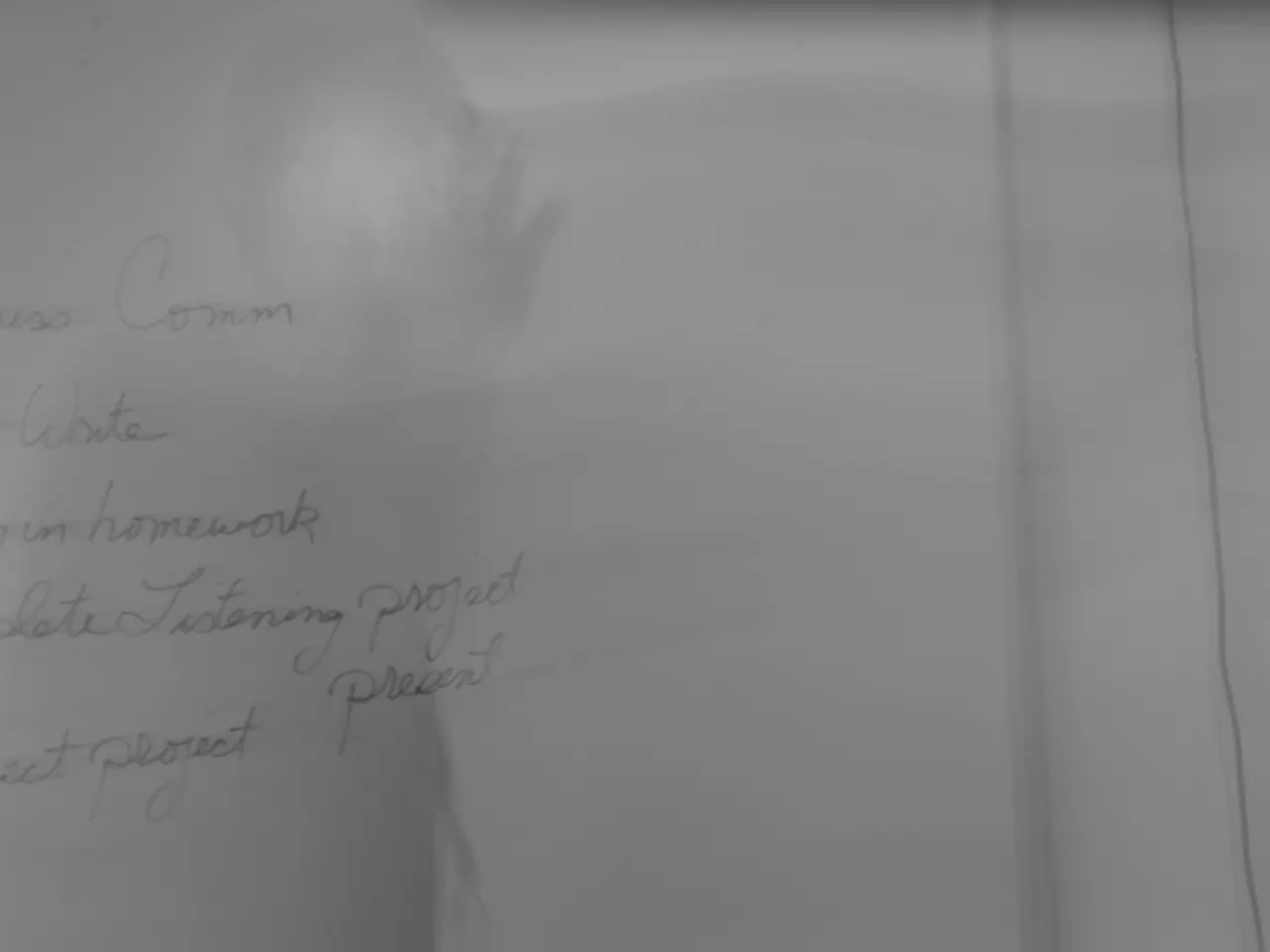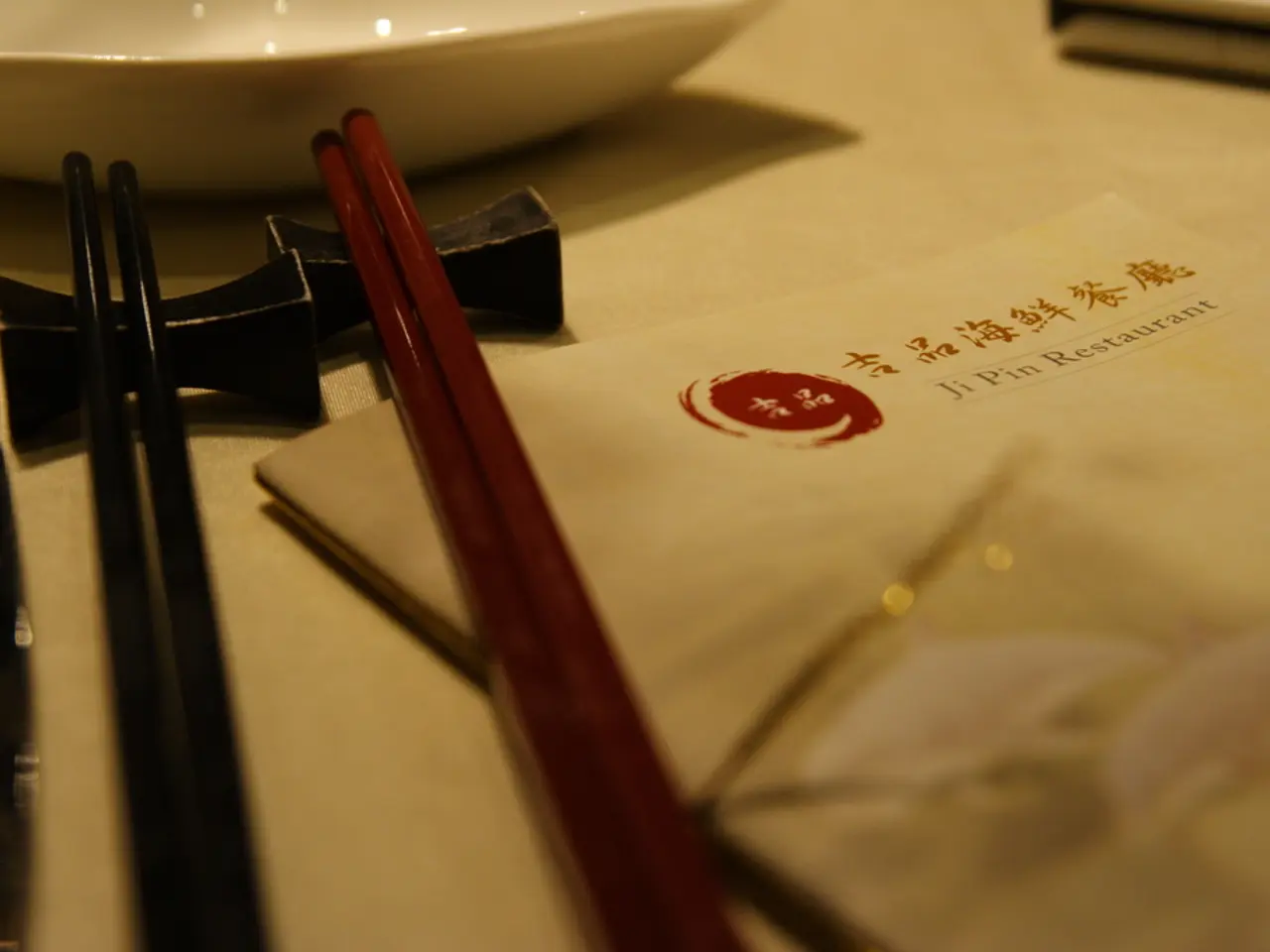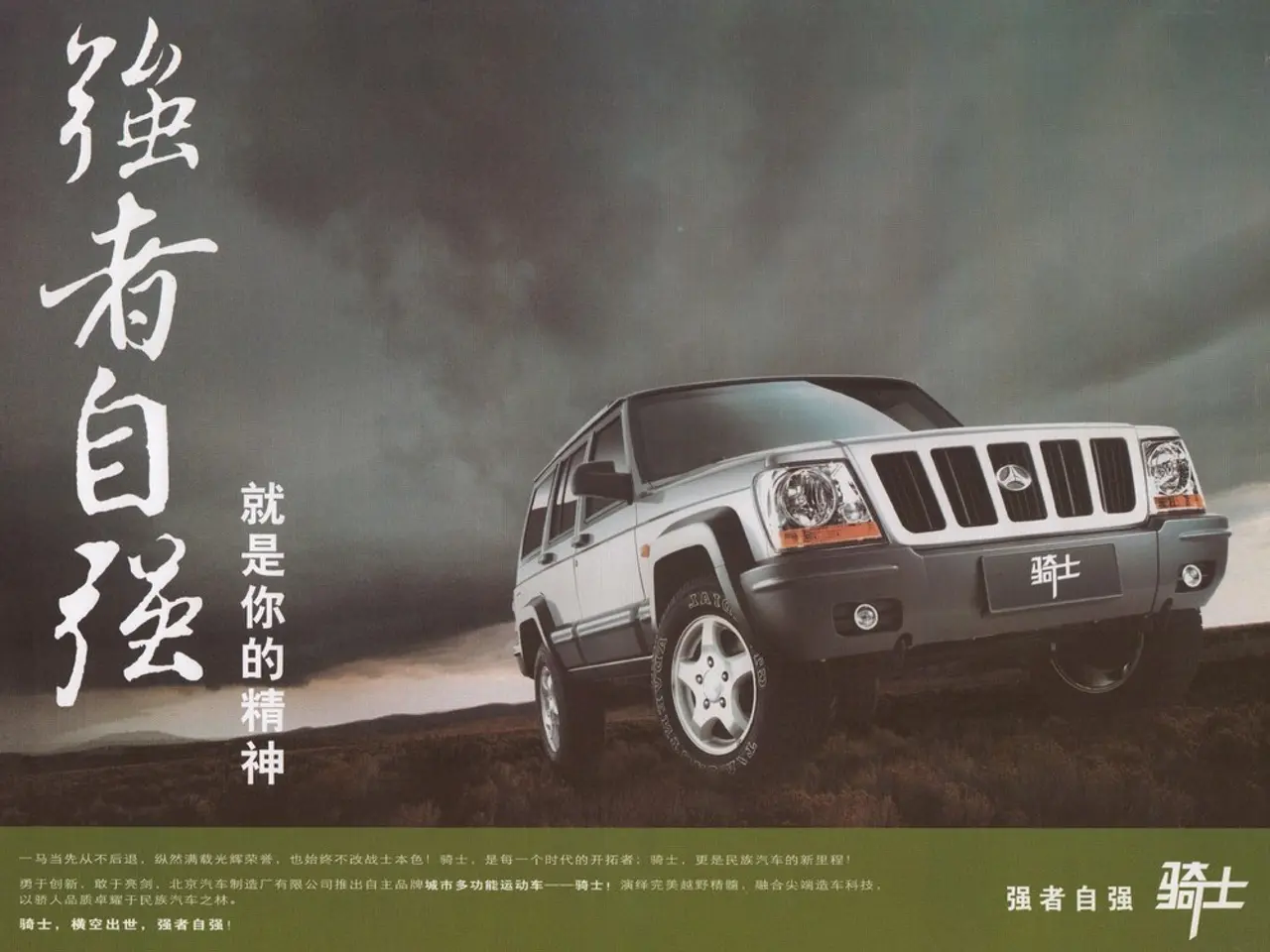Uncovering the world's scarcest mineral, discovered on a solitary occasion
In the heart of Myanmar's Mogok region, a discovery was made in 2010 that would turn the gemstone world upside down. The Kyawthuite crystal, a reddish-orange gem weighing 1.61 carats, was unearthed in the Chaung Gyi Valley, marking the find of an exceptionally rare mineral[1][2][3][5].
Kyawthuite, a bismuth-antimony oxide (Bi3+Sb5+O4), is eight times denser than water and features checkerboard-like sheets of antimony and oxygen, nestled against bismuth atoms[1]. This unique structure has been linked to the formation of other rare minerals like painite in Myanmar's geology[1].
The Mogok region, historically known as the "Valley of Rubies" due to its high-quality rubies, also produces other precious gemstones like spinel, sapphire, chrysolite or peridot, tourmaline, and rare gemstones[4]. The Kyawthuite crystal, the only known specimen, is housed in the Natural History Museum of Los Angeles County[3].
However, the search for more Kyawthuite has been hindered by political challenges and the sheer odds of repeating such a geological fluke[6]. Meanwhile, the gemstone mining industry in Myanmar faces significant ethical concerns, with unregulated practices leading to poor labor conditions, exploitation, armed conflicts, and environmental damage[7].
These issues have prompted some to boycott materials sourced from Myanmar, limiting the study and commercialization of its rare minerals[8]. The political instability, military control, and human rights abuses associated with the gemstone trade in Myanmar have further complicated matters[8].
Despite gemstone mining being officially illegal in Myanmar following the expiration of the last mining license in 2020, it has boomed since the 2021 coup that put a military junta in power[9]. This boom has exacerbated ethical concerns related to political instability, military control, unsafe conditions, forced labor, and child exploitation[9].
Mining practices in the region have been criticized for these issues, and the overall context of gemstone mining in Myanmar carries significant ethical challenges well recognized in mining ethics literature and humanitarian reports[7].
This article was originally published in November 2024 and was updated with new information.
[1] International Mineralogical Association [2] Natural History Museum of Los Angeles County [3] Los Angeles Times [4] Gemstone.com [5] Mineralogical Record [6] Geology [7] Human Rights Watch [8] Fairtrade Gemstones [9] Reuters
- The unique structural properties of Kyawthuite, a rare mineral discovered in Myanmar's Mogok region, have been linked to the formation of other rare minerals like painite.
- The political challenges and the sheer odds of repeating such a geological fluke have hindered the search for more Kyawthuite.
- The gemstone mining industry in Myanmar faces significant ethical concerns, with unregulated practices leading to poor labor conditions, exploitation, armed conflicts, and environmental damage.
- These ethical concerns have prompted some to boycott materials sourced from Myanmar, limiting the study and commercialization of its rare minerals.
- Mining practices in the region have been criticized for issues related to political instability, military control, unsafe conditions, forced labor, and child exploitation.
- The overall context of gemstone mining in Myanmar carries significant ethical challenges that are well recognized in mining ethics literature and humanitarian reports.




